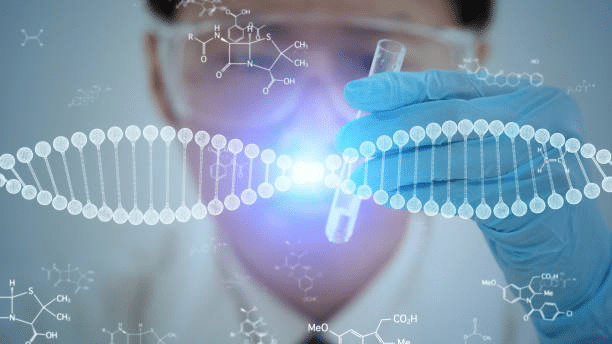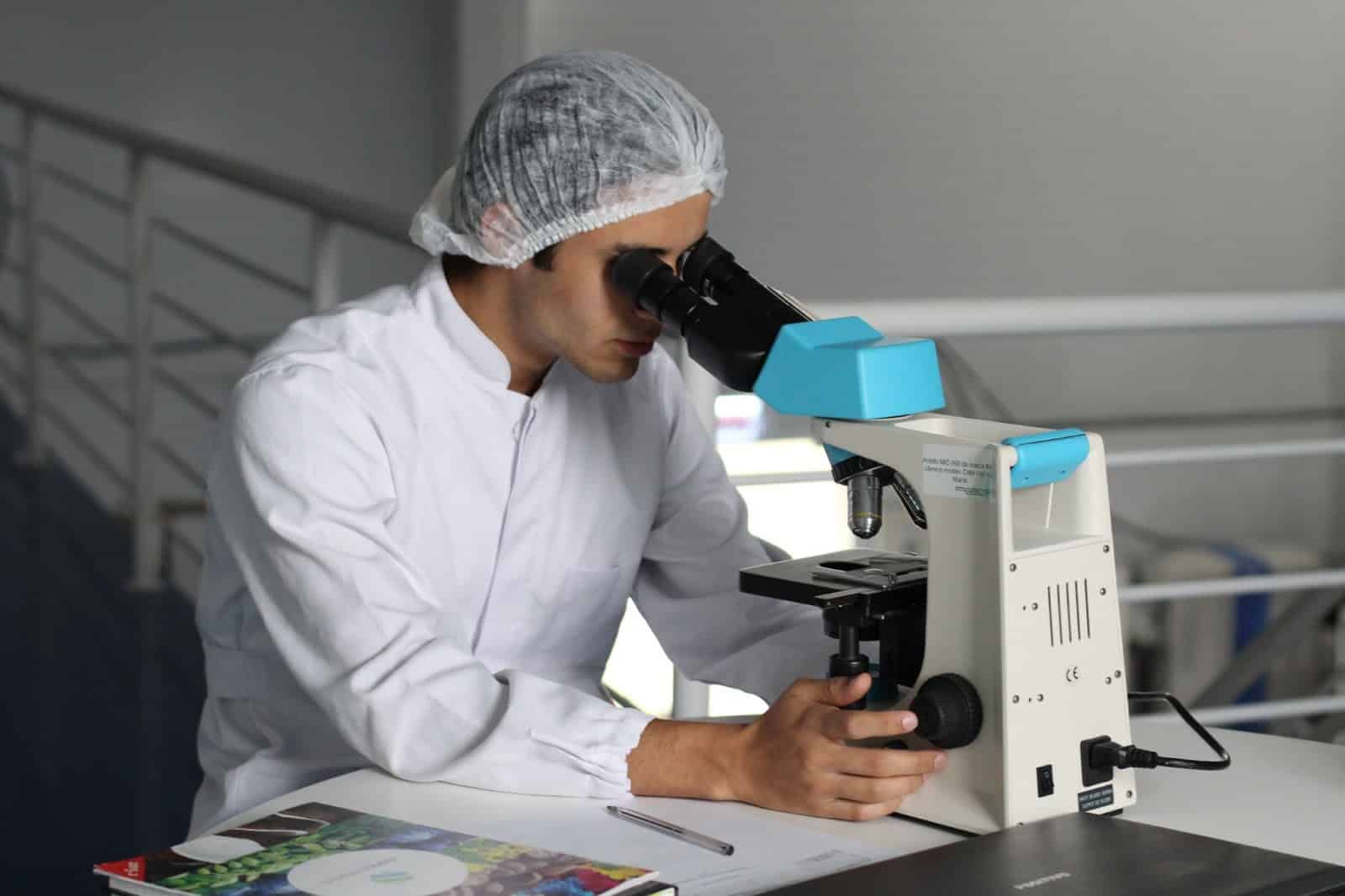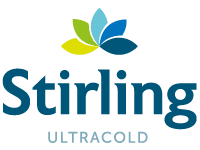The human body has an immaculate capability of healing itself. Broken bones, skin cuts, and bodily organs can regenerate over time. When scientists capture the ability to heal through science, applications become endless.
Chronic conditions such as heart disease, stroke, and diabetes are all examples of lasting chronic conditions with no method of resolving on their own. Symptoms can be managed with medical technology but cannot be healed independently.
Regenerative medicine is more than disease management for body repairing – regenerative medicine prompts the body to self-heal. Advancements in medicine, including freezers used to store stem cells, present new solutions to expand optimal healthcare opportunities.
Regenerative Medicine Defined

Regenerative medicine regenerates human cells, tissues, or organs to return bodily structure and function to normal. Regeneration seeks to replace damaged cells instead of treating symptoms. As a result of regenerative medicine, tools such as cellular therapy, artificial organs, and other medical devices have been developed.
Regenerative medicine allows scientists to grow tissues in laboratories to be implanted when the body cannot properly heal itself. A combination of regenerative medicine approaches magnify the healing processes that typically permanently damage bodily healing processes.
When we are injured due to disease, our bodies have an immediate plan to defend and heal on our own. Having the power to heal the body with clinically accelerated methods can increase the potential for healing process refinement. With faster, more efficient healing processes, no injury or disease is a match to the body’s healing capabilities.
The field of regenerative medicine works to restore damaged tissues and organs completely. Stirling Ultracold works to develop the required ultra-low temperature storage equipment necessary for protecting and preserving these samples and biologic materials.
Regenerative Medicine Concentrations
Tissue Engineering
Through tissue engineering, biological scaffolds are inserted into the body to build a foundation and ultimately grow new tissue. When compatible tissue shapes need to be generated, the scaffold attracts the appropriate cells for growing the new desired tissue. Many patients are treated with tissue engineering.
Stem Cell Therapy

Our body uses stem cells to repair bodily organs and processes. Harvested stem cells like cord blood cells are injected at the source of a disease or tissue. Under particular circumstances, stem cells may reconstruct damaged tissue to repair organs.
Stem cells are found in fat, blood, bone marrow, and skeletal muscles, among other body areas. Currently, scientists are refining the stem cell harvesting process to repair damaged or diseased tissues.
Medical Devices
Organ failure may result in a transplant of an organ from a donor. Using circulatory support and the assistance of ventricular assist devices can lead to heart transplants, improving long-term circulatory support. Regenerative medicine partnered with biotech engineers help develop devices that replace organ systems such as the heart, liver, kidney, and lungs.
Freezers for Regenerative Research
Stirling Ultracold provides ultra-low temperature (ULT) freezers that store biologic materials needed to develop cell therapy and disease treatments. When ultracold storage is required, ULT freezers from Stirling Ultracold can store products specifically designed for regenerative medicine research.
It is crucial for samples to be temperature-controlled and handled safely to reduce the risk of valuable biologic assets being damaged. Our technology solves problems in storage with field-proven Stirling technology. With the ever-changing landscape in regenerative medicine, Stirling Ultracold provides reliable ultracold storage solutions for research that requires safe and long-term storage of temperature-sensitive products.








